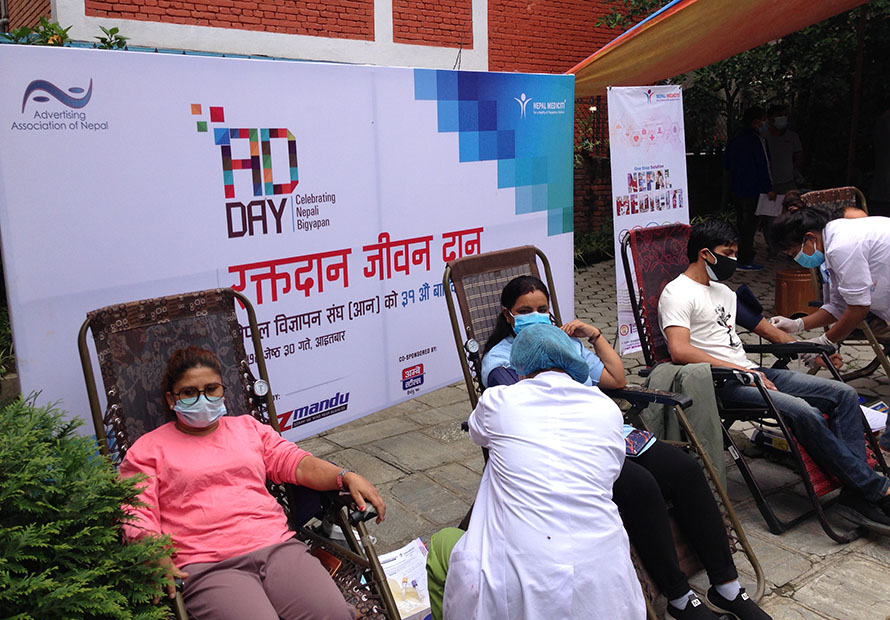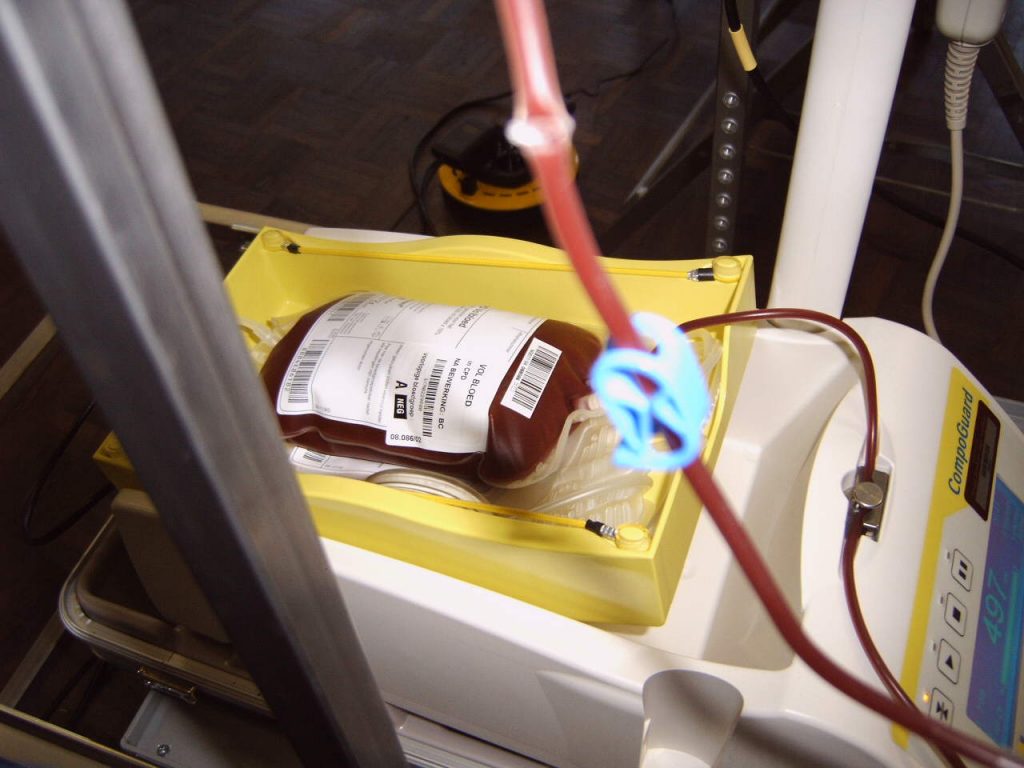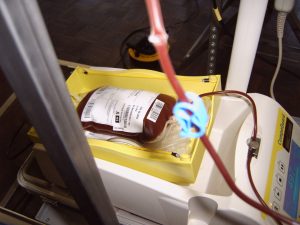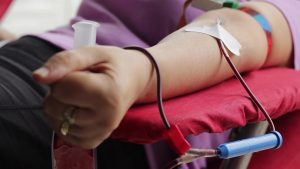
Every week or at regular intervals, you must come across the public programmes held for blood donation or see pleas online for blood. But have you ever asked yourself: why bother about it?
But you must know that blood donation is a noble work, a selfless act that can make a significant difference in someone’s life.
There are many reasons why you should consider donating blood, including that it can save up to three lives with just one donation and it keeps you healthy too. If you are doubting why you should donate your blood, here is some key information you need to know about blood donation, how it works, and its other components.
Why should anyone donate blood?
Donating blood is an act of kindness that can help save up to three lives. The blood you donate can be used to help people who have been in accidents, who have undergone surgery, or who have medical conditions that require blood transfusions. So, it is an easy way to give back to your community and help those in need. There is a constant need for blood, so you can be a donor and help meet the demand.
Donating blood is a simple process that usually takes less than an hour. The equipment used to collect blood is sterile, so there is no risk of infection. Studies have shown blood donation can lower the risk of heart disease, stroke, and certain types of cancer. It can also help your body produce new blood cells.
Who can donate blood?

In Nepal, to be eligible for blood donation, one must be:
- Be at least 18 years old,
- Meet minimum weight requirements,
- Be in good health, with no history of certain medical conditions or risk factors for infectious diseases,
- Have a haemoglobin level that meets the minimum requirements for donation,
- Have a normal body temperature, blood pressure, and pulse rate,
- Not have donated blood in the past three months.
If you are under any medication, it might impact whether you will be able to donate too.
The minimum required gap between the two blood donations currently is three months. However, new research has concluded that it can be 56 days (or eight weeks). So, the local spearheaders of the field are pushing for that too in Nepal so that blood donors, as well as blood, will be more readily available.
How much do you donate?
The amount of blood collected typically ranges from 400 to 500 millilitres, depending on the donation centre and the individual’s weight and height as well as the status of blood pressure.
What happens to the blood after you donate?
After the donation, the blood is tested for infections like HIV, hepatitis B and C, and syphilis, to ensure that the blood is safe to use.

The blood bags collected from blood donation drives are then separated into various components, such as red blood cells, plasma and platelets. Each component is used to treat different medical conditions, such as anaemia, bleeding disorders and cancer.
Once the blood has been processed and tested, it is stored in a blood bank until it is needed for a patient. Blood can be stored for up to 42 days, depending on the component. When a patient needs a blood transfusion, a matching blood type is selected from the blood bank and the appropriate component is transfused into the patient’s bloodstream.
How is it used?
In the lab, the blood is centrifuged and separated into red cells, platelets, and plasma. Sometimes, whole blood is used for transfusion as it is. The blood is cross-matched to ensure that it is a good match for the recipient against a sample of the recipient’s blood to determine compatibility.
Once the blood has been cleared for use, as mentioned above, it is separated into different components, such as red blood cells, platelets, and plasma, based on the specific needs of patients. The blood components are then stored in refrigerators until they are needed for transfusions. The components of blood can then be used for different medical purposes, depending on the needs of the recipient.
- Red blood cells: These are used to treat conditions such as anaemia, blood loss due to trauma or surgery, and certain blood disorders.
- Plasma: This is used to treat patients with clotting disorders or burns, as well as for some types of infections like Covid for quick recovery.
- Platelets: These are used to treat patients with bleeding disorders or cancer who are undergoing chemotherapy or radiation therapy.
________________________________________________________________________________________________________________
Originally published on May 12, 2023





















